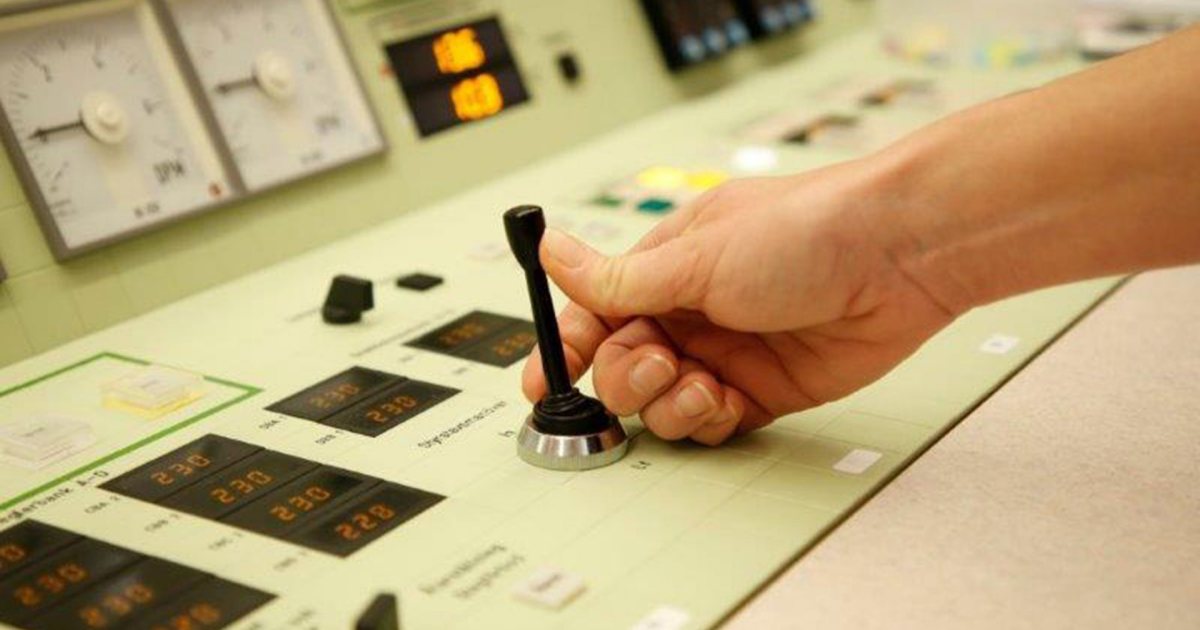
As Europe increasingly turns to renewable energy based electricity generation options such as wind and solar power, the plugs have been pulled on another 2 nuclear reactors.
KKP 2 – Germany
Unit 2 (KKP 2) of Germany’s Philippsburg nuclear power plant was taken offline for the final time on December 31, 2019 at 6:55pm local time.
KKP 2, which commenced operations in late 1984, is/was a pressurized water reactor with an output capacity of 1,468 megawatts. Another reactor at the plant, KKP 1, commenced electricity production in 1979 and was shut down in 2011. With KKP 1 and 2 both out of action permanently, Philippsburg Nuclear Power Plant is no longer an operational facility.
Plant owner EnBW says it will start preparatory work for the dismantling of KKP 2 early this year; which will be a long and expensive process.
Germany has committed to closing all its remaining nuclear power plants by the end of 2022. While nuclear power will soon disappear from the country, its legacy won’t be forgotten for a very, very long time – radioactive waste will be an ongoing reminder.
Germany has also committed to phasing out coal power entirely by 2038 – longer than hoped due to the rapid nuclear energy phaseout.
Renewable energy delivered approximately 43% of total net electricity consumption in Germany in 2018, with solar panels covering 8.7%. In the first half of 2019, renewables accounted for 44% of electricity consumption.
Ringhals 2 – Sweden
Earlier in the week, a reactor at the Ringhals nuclear power plant situated on Sweden’s Värö Peninsula shut down operations after a “coast down” period that began in September.
Ringhals 2 commenced commercial operation in 1975 and had an eventful life, including a couple of fires. Among other events and demonstrating nuclear power is susceptible to the impacts of climate change, Ringhals 2 was taken offline on July 30, 2018 for several days as the temperature of sea water used for cooling purposes exceeded the reactor’s design limit of 25C.
Another reactor at the facility, Ringhals 1, is to shut down permanently next year.
“The closure decision was taken for commercial reasons, and although the price of electricity has recovered since 2015, the assessment is that it would not be possible to continue operation of either of the two reactors, for both economic and practical reasons,” said Vattenfall, joint owner of Ringhals.
The two other reactors, Ringhals 3 and 4, are expected to continue operations for the foreseeable future.
Sweden has set its sights on 100% renewables by 2040. In 2017, 54.5% of Sweden’s electricity consumption was renewable energy based.
Still in Europe, another nuclear power facility to have shut down recently was Switzerland’s Mühleberg Nuclear Power Plant, which was permanently deactivated on December 20. Under Switzerland’s Energy Strategy 2050, nuclear power in the country is to be phased out while renewables including wind and solar energy capacity are significantly increased.
Related: Nuclear Energy For Australia – Too Damned Expensive

 RSS - Posts
RSS - Posts



Speak Your Mind